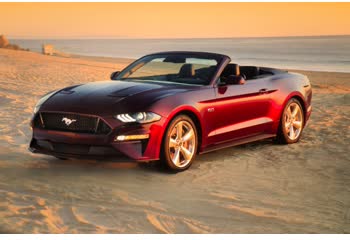Alles, was Sie über Spezifikationen und Leistung wissen müssen - Ford F-Series F-100/F-150 2023 - Raptor 3.5 EcoBoost V6 (450 Hp) 4x4 SelectShift

Übersicht:
Welchen Hubraum hat ein Ford F-Series F-100/F-150 2023?
Die Motorkapazität des Ford F-Series F-100/F-150 2023 beträgt 3497 cm.
Ford F-Series F-100/F-150 2023 Wie viele PS?
Die Motorleistung des Ford F-Series F-100/F-150 2023 beträgt Verbrennungsmotor.
Was ist die Ford F-Series F-100/F-150 2023-Engine?
Ford F-Series F-100/F-150 2023-Engine ist EcoBoost. (Klicken Sie hier, um andere Autos mit demselben Motor anzuzeigen.)
Wie viel Benzin verbraucht ein Ford F-Series F-100/F-150 2023?
Der Ford F-Series F-100/F-150 2023 verbraucht 14.7 Liter Benzin pro 100 km
Allgemein:
Motor:
Leistung:
Platzangebot:
Abmessungen:
Antrieb, Fahrwerk und Bremsen:
Siehe auch

Andere Generation.
Die Produktion begann im Jahr 1955 bis 1955

Gleicher Motor. (EcoBoost).
Die Produktion begann im Jahr 2019 bis 2022

Gleicher Motor. (EcoBoost).
Die Produktion begann im Jahr 2009 bis 2012

Gleicher Motor. (EcoBoost).
Die Produktion begann im Jahr 2017 bis 2023

Gleiches Produktionsjahr und nahezu gleicher Hubraum.
Die Produktion begann im Jahr 2023 bis jetzt
Kommentar schreiben